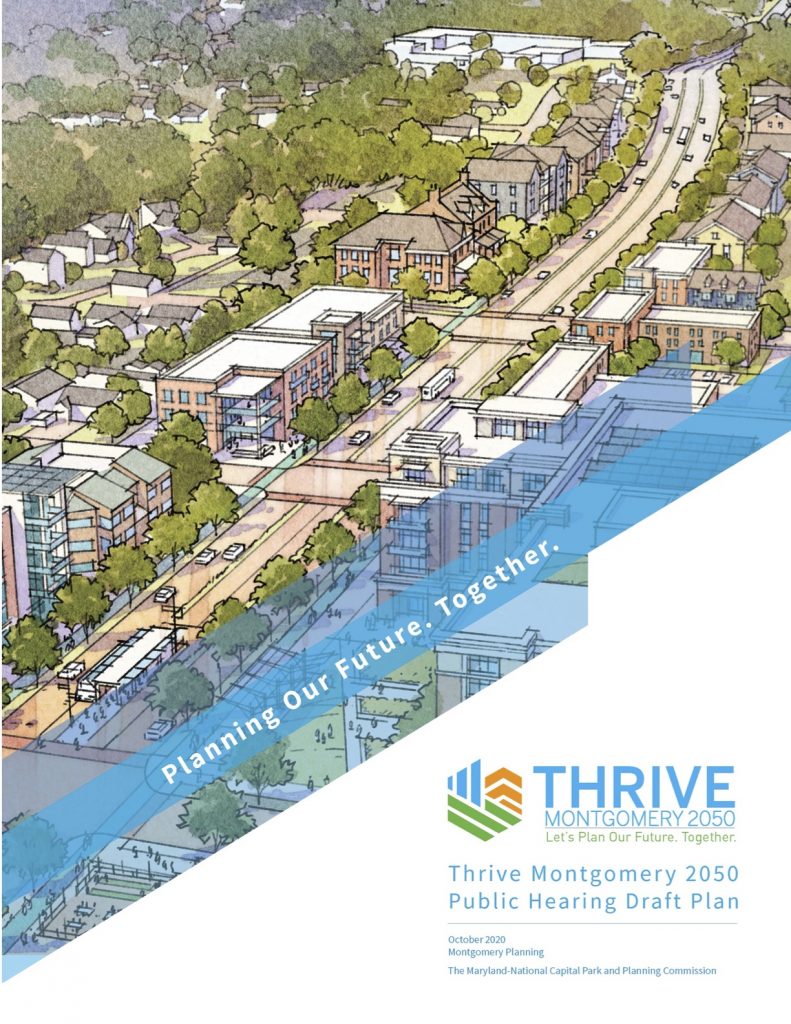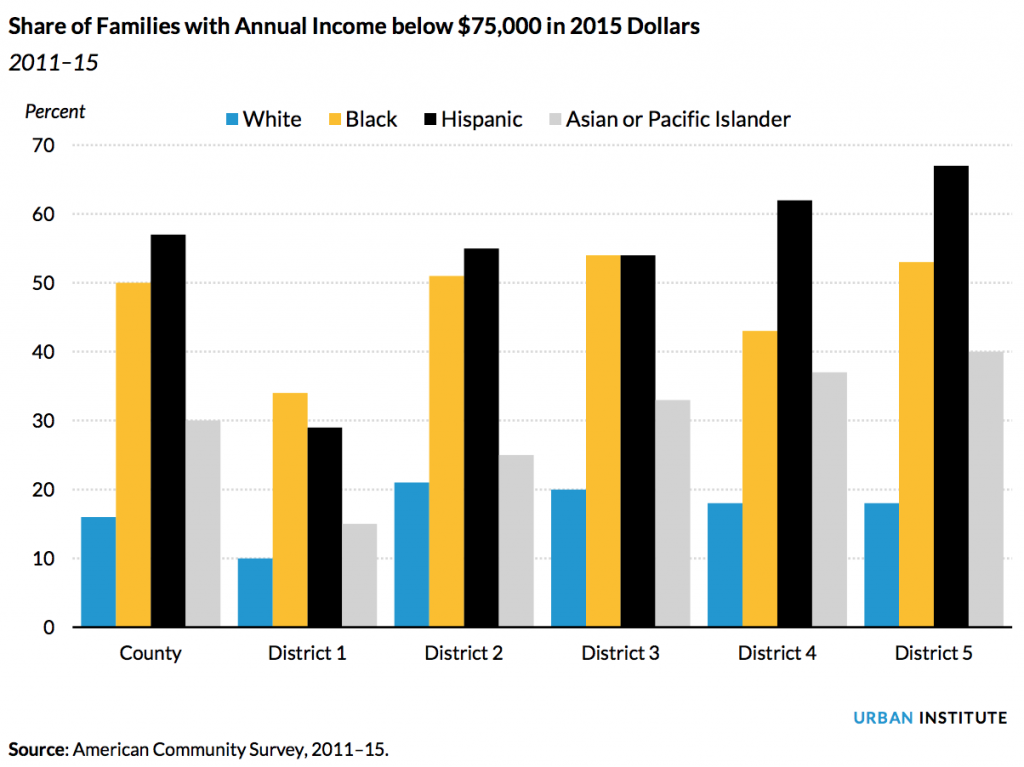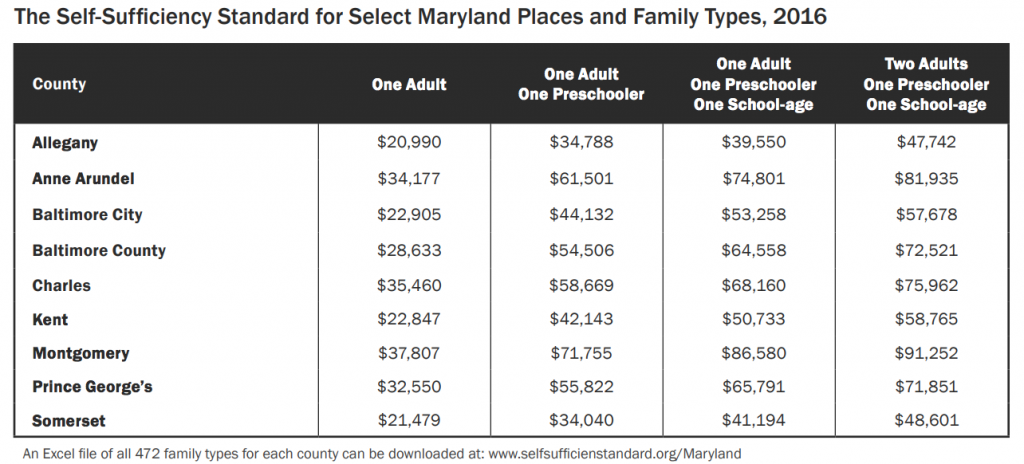My Thrive Montgomery 2050 Public-Hearing Testimony
 Thrive Montgomery 2050 is “a general plan for the county with a 30-year horizon. It sets a vision for the county and encompasses broad, county-wide policy recommendations for land use, zoning, housing, the economy, equity, transportation, parks and open space, the environment, and historic resources.” If you’re concerned with equity and opportunity — for human development, economic vitality, and environmental progress — and believe as I do that land-use policy can advance us in these causes, then you’ll want to look into this plan.
Thrive Montgomery 2050 is “a general plan for the county with a 30-year horizon. It sets a vision for the county and encompasses broad, county-wide policy recommendations for land use, zoning, housing, the economy, equity, transportation, parks and open space, the environment, and historic resources.” If you’re concerned with equity and opportunity — for human development, economic vitality, and environmental progress — and believe as I do that land-use policy can advance us in these causes, then you’ll want to look into this plan.
The Montgomery County Planning Board held a Thrive Montgomery 2050 public hearing on November 19, 2020. The following is my hearing testimony:
I like the Thrive Montgomery 2050 initiative and I very much appreciate Montgomery Planning’s work.
The majority of comments you will hear will be high-level and values based. I’m going to be very specific and focus on just three points. The first two are narrow:
1) The document discusses “missing middle” housing, the desirability of changing zoning to enable wider creation of smaller, multi-unit buildings. Cool. However, Action 1.1.4.a calls for housing “particularly in areas located within a 15-minute walk or bike ride of rail and bus rapid transit (BRT).” Let’s develop a robust action plan that will bring housing-diversity benefits to all areas, prioritizing high-promise areas — as you’re doing now with the Silver Spring Downtown and Adjacent Communities Plan — with others slated to come later.
2) I absolutely love Action 4.3.1.a: “Eliminate motor vehicle parking minimums for new development projects in downtowns, town centers, and rail and BRT corridors to encourage travel by walking, bicycling, and transit,” but it should be extended to adjacent areas as well, perhaps with that same “15-minute walk or bike ride” criterion. I also appreciate Action 5.2.1.b’s language about “redeveloping surface parking lots and underutilized property” but that action shouldn’t be limited to “mixed-income housing at employment centers.” I’m thinking, in particular, about adaptive reuse of office parks such as Rock Spring.
3) Point 10 under Trends and Challenges is “We need to look for regional solutions” (page 23). The narrative states, “we have strong ties to the Baltimore region. We must consider how to take advantage of our proximity to the economic opportunities available in neighboring jurisdictions, including major job centers, colleges and universities, and cultural and recreational attractions. We also should consider regional solutions to the challenges we face and think of Montgomery County as part of a larger ecosystem.”
The 1964 Wedges and Corridors featured 6 corridors in an asterisk design. One of those corridors was along I-95 (and the railway line) in Prince George’s County, paralleling the Prince George’s-Montgomery border, with a direct connection to Baltimore-Washington Airport.
Montgomery County did precious little to take advantage of this corridor, really prior to the last decade’s development in White Oak. Think what we might have gained if Montgomery County had worked with Prince George’s to pursue East County corridor development over the last half century, including lessened development pressure on Bethesda and American Legion Bridge congestion.
Ingredients are in place, or soon will be. The Intercounty Connector, while ill-conceived, is now an underutilized reality connecting points west to I-95. We have our first bus rapid transit on Route 29, and construction has started on another east-west connector, the Purple Line, which crosses the the southern ends of the corridor in Silver Spring and in Langley Park. Yet corridor cities and areas such as Hillandale, Burtonsville, and Fairland remain in sore need of attention.
The only explicit mention of East County I could find in the Thrive 2050 document was a one-liner, “Policy 3.3.4: Create new educational and workforce development opportunities in the East County,” with only one specific idea, “Explore creating a fourth Montgomery College campus in the East County.” I would have liked to see much more than this in the document. I hope this time we will truly plan regional solutions, with special focus on East County revitalization in cooperation with Prince George’s and Howard Counties, pursuant in particular to Goal 3.2, “Grow vibrant commercial centers,” and the policy points under it.


